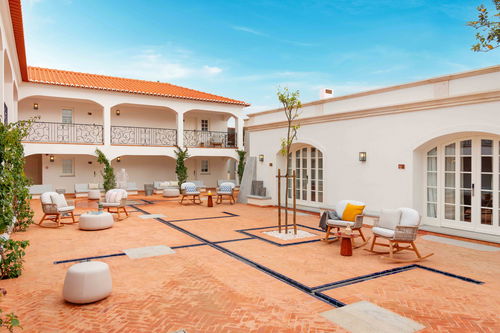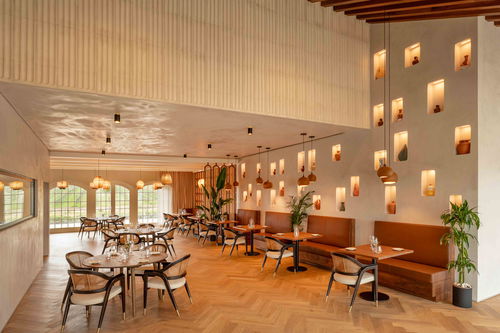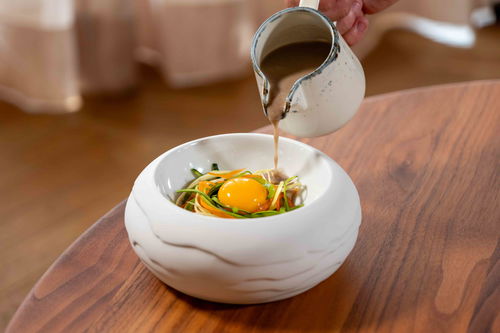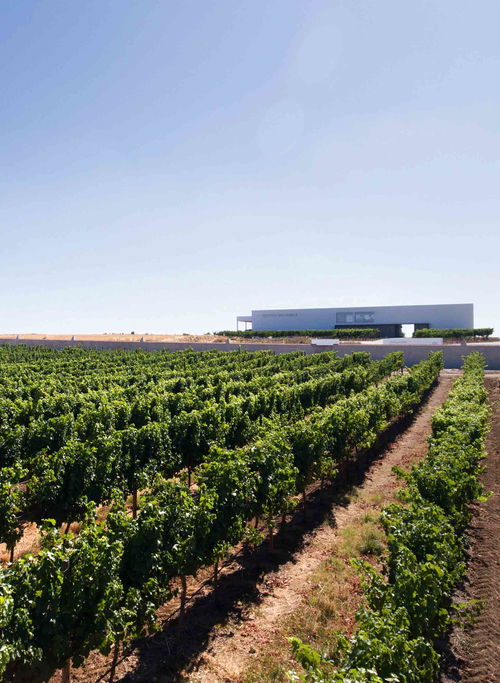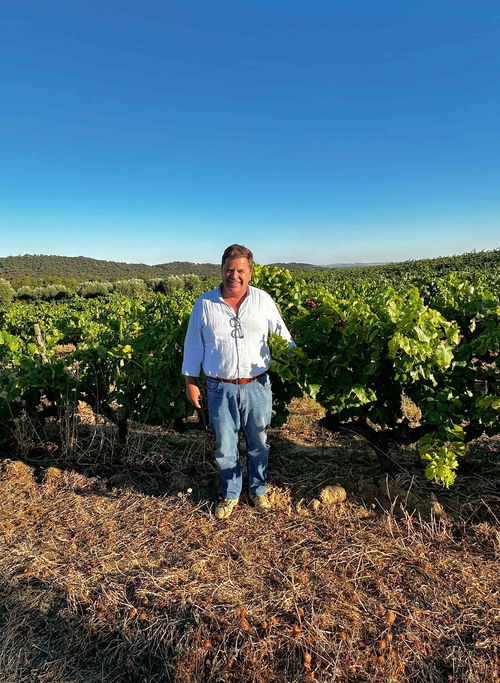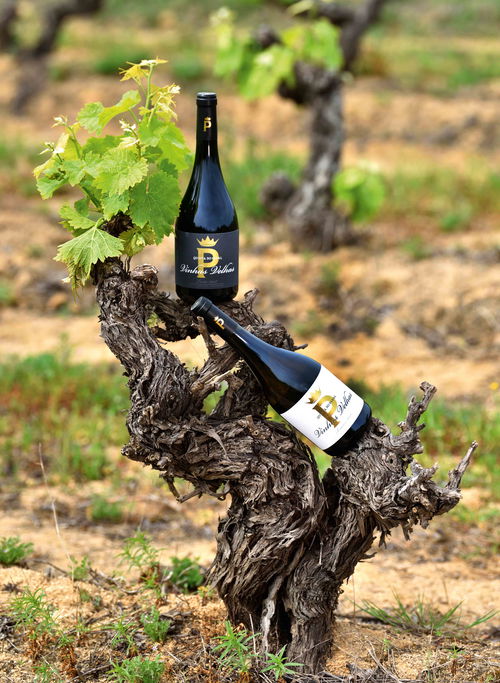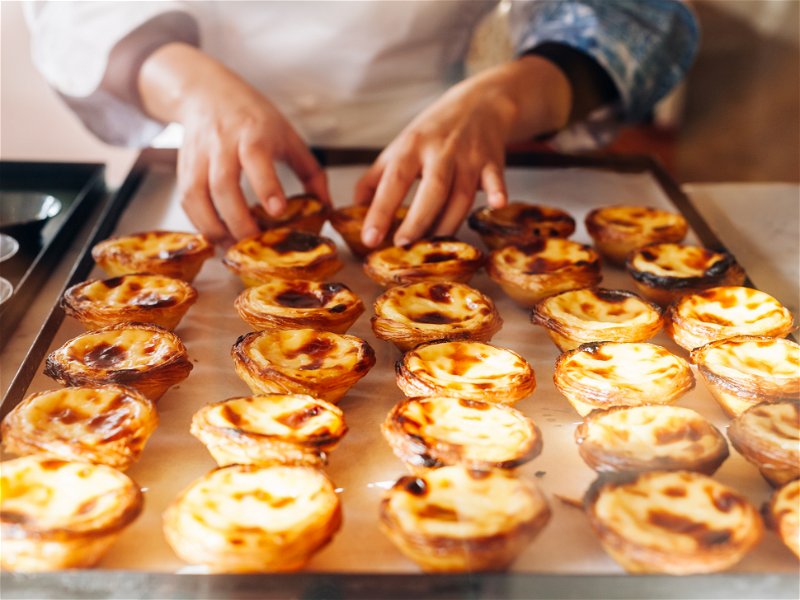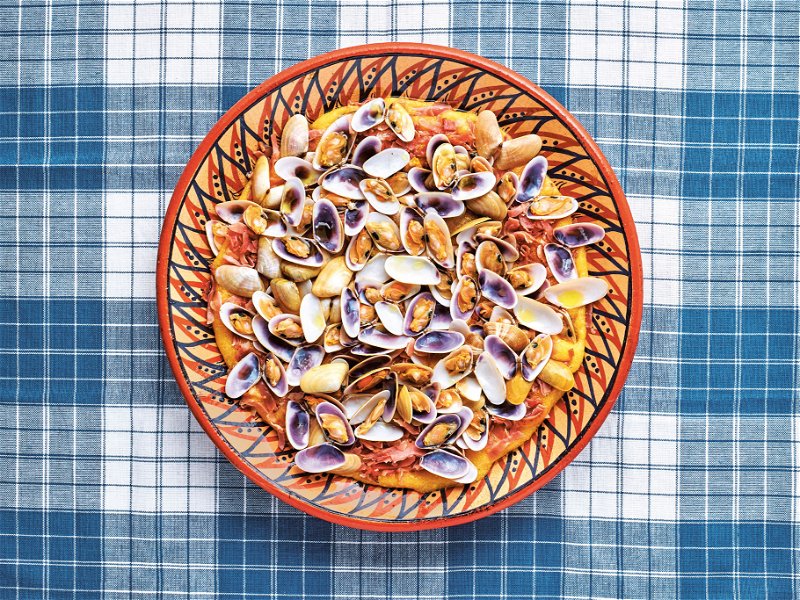Dream villa for vinophiles: the new luxury wine hotel Quinta do Paral
Former Rimowa owner Dieter Morszeck has crafted an exquisite retreat for wine enthusiasts at Quinta do Paral in Portugal's Alentejo region.
Seven years ago, Dieter Morszeck fulfilled a dream. When the opportunity presented itself, he purchased 85 hectares of land in the town of Vidigueira, a town of 2,600 people in the Portuguese region of Alentejo. On it: a dreamlike estate – and vineyards that held a real treasure. Morszeck unearthed it and created Quinta do Paral, a wine hotel in a class of its own.
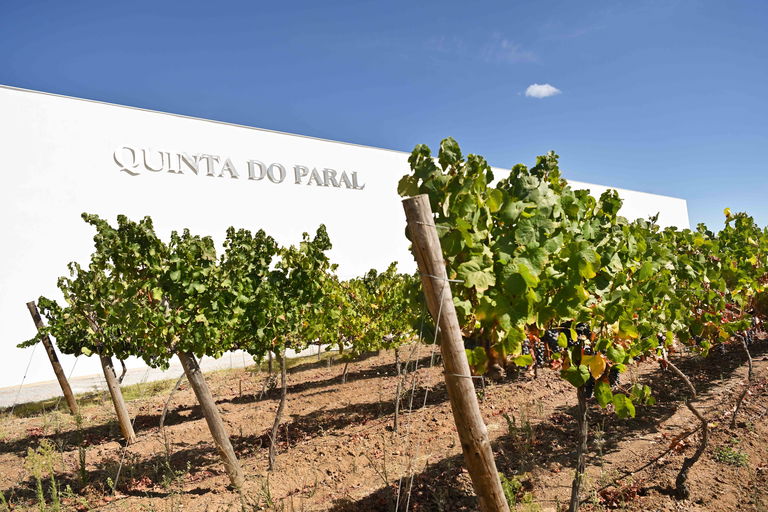
What makes the project so special? Morszeck is no stranger to his native Cologne (and beyond). He is the grandson of Paul Morszeck, the founder of the legendary suitcase brand Rimowa (named after Dieter's father Richard – Richard Morszeck trademark). The suitcases are known for their characteristic grooved design. A few years ago, Dieter Morszeck sold Rimowa to the luxury group LVMH for 640 million euros. Since then, he has donated many millions of euros to cancer research every year and runs an ambitious air ambulance project to provide medical care to an indigenous tribe in the Brazilian Amazon rainforest.
Together with oenologist Luís Morgado Leão and his Brazilian wife, he built the Quinta do Paral, where he likes to fly guests in by private jet to enjoy a unique wine estate. Vines of genuine indigenous varieties – Arinto, Antão Vaz, Touriga Nacional and the rare Alicante Bouschet – grow on the land, some of which are over 40 years old, as well as olive trees and the cork oaks typical of the region.
A rich history
Morszeck's work is enjoyed by wine lovers all over the world, but above all by guests at the Quinta do Paral. The luxury wine hotel offers the finest cuisine and tasteful comfort. The 21 rooms and suites as well as a historic manor house apartment are extremely stylish and spacious. In the middle of the vineyards you can relax by the refreshing pool or plan excursions to the nearby coast with the dream beaches of Melides.
The estate itself looks back on a rich history. It was once owned by Count José Luís D'Andrade de Vasconcelos e Sousa, who used it for cattle breeding. From 2007, wines and olive oil were produced under Morszeck's predecessor. The new owner has skillfully built on this. He brought his vision to the table, focusing on innovation, sustainability and tradition in equal measure: His wines should reflect the soul of the Alentejo, it has its roots “in the people who dedicate themselves to the land, the culture and the vineyards”.
Alentejo – located south of Lisbon between the Spanish border, the Tagus River and the Algarve – is an ancient cultural region. Viticulture has been practiced here since ancient times, from the Tartessians to the Phoenicians, Greeks and Romans, who all took advantage of the good conditions. The latter have left their mark in the form of archaeological artifacts; 2000 years later, winegrowers still use the typical vine knife Podão. And the mighty cork oaks provide winegrowers worldwide with the most natural closure.
Those Roman traditions that are still an integral part of winemaking in the Alentejo today are the fermentation of the must and the ageing of the wine in talhas de barro – clay vessels that are produced in all shapes and sizes. This practice was introduced by the Romans in all their territories, but has only survived here.
In the 17th century, the wines of the Alentejo were among the most famous in Iberia. This was followed by ups and downs. Due to the phylloxera crisis and two world wars, the region fell into oblivion. From the middle of the 20th century, things began to look up again; the first protected origins were established in 1988. What they have in common are the full-bodied, aromatic and smooth white and red wines, which can be enjoyed young but also have good ageing potential. The most important export countries today include the USA, Switzerland and China. The region is clearly on the rise, with the wines of the Quinta do Paral being among the absolute top products.
Don't miss out!
Sign up now for our newsletter.

